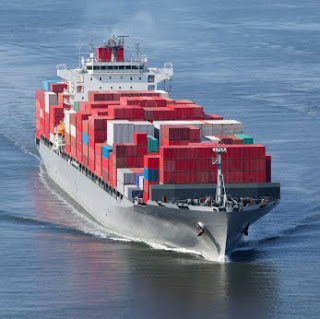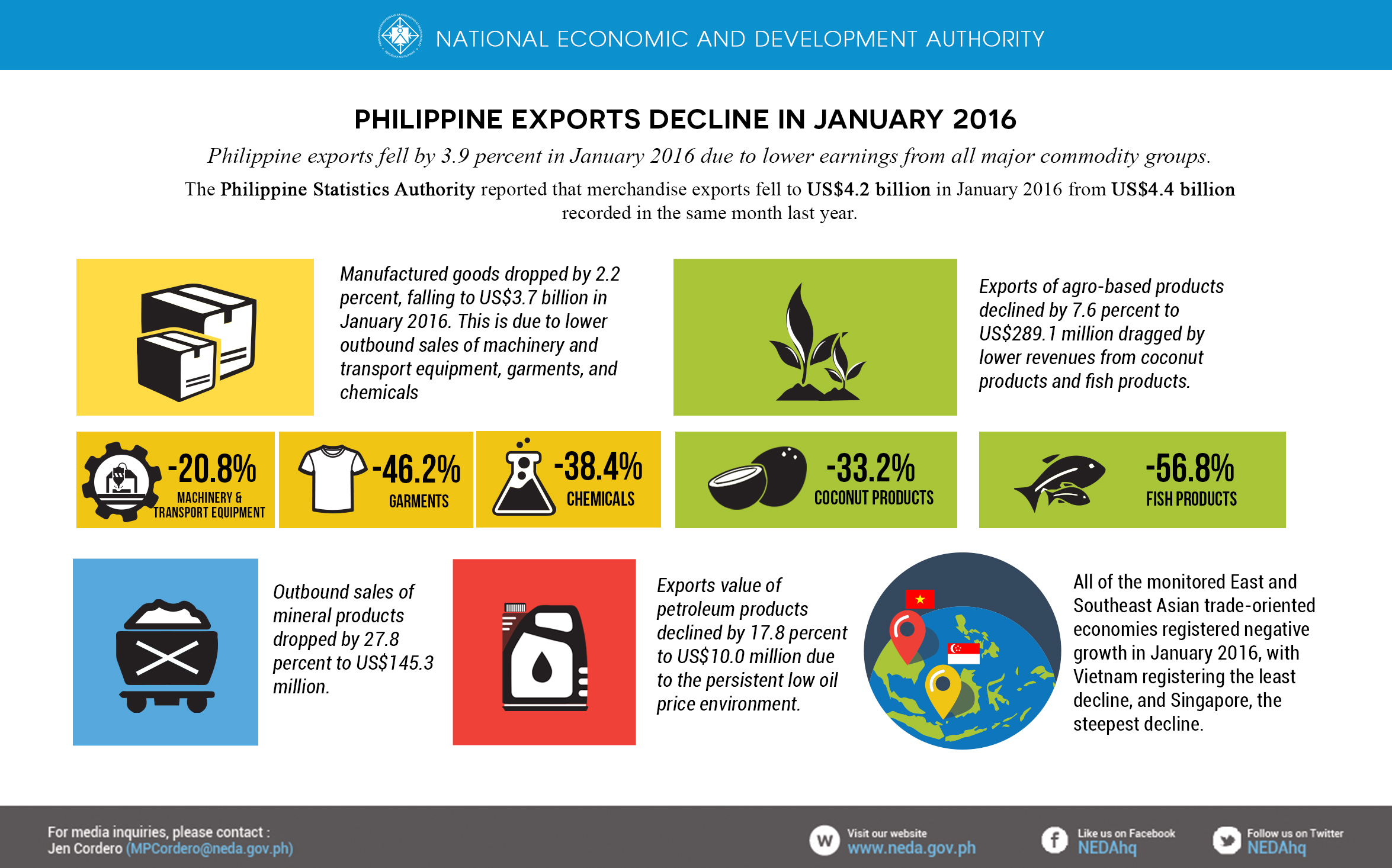
Philippines exporter free#
The deal aims to promote transparency and harmonization of trading rules, as well as reduce tariff barriers in order to boost trade among the Asia Pacific and Australasian countries.įAS Manila reports that Philippines provides preferential access to its market through a number of other bilateral and regional trade agreements, including those with ASEAN member countries, the European Free Trade Association, Australia, China, India, Japan, New Zealand, and South Korea. processed food exports included:Įuromonitor reports that in November 2020, the Philippines joined the Regional Comprehensive Economic Partnership (RCEP), the world’s largest trade bloc, along with nine other Southeast Asian countries, China, Japan, South Korea, Australia and New Zealand, which together generate around a third of global output. processed food exports grew 3% and totaled over US$1.7 billion. processed foods and now the 6th largest U.S. The Philippines is an active importer of U.S. exports of consumer ready products in the region, and ranks 9th overall in the world. The Philippines is the largest market for U.S. exports of consumer ready food products to the Philippines totaled over US$1.3 billion in 2021 a resounding 23% increase from the same period in 2020.

agricultural exports in 2021 grew 11% from the previous year to a record US$3.5 billion, despite COVID-19 continuing to disrupt logistics, business operations, and the movement of people.Ĭonsumer-oriented food & beverage (F&B) products remain the best prospects for future export growth fueled by consumer familiarity with American brands and the steady expansion of the country’s retail, foodservice and food processing sectors. is the largest single-country supplier of agricultural products, although ASEAN countries benefit from lower tariffs and have more market share as a group. consumer-oriented products in Southeast Asia. agricultural exports and the largest destination for U.S. USDA’s Office of Agricultural Affairs (OAA) in Manila hereinafter referred to as “FAS Manila” reports that the Philippines is the 7th largest market for U.S. In 2030, median age will still be only 28.7 years. The median age was just 24.1 years in 2022 – much lower than that of other countries in the region. The Philippines also has a much “younger” population than most other Asian countries. Total population reached 114.5 million in 2022 (CIA World Factbook Est.) – far more than double the figure for 1980. This particular demographic group will account for a much larger portion of discretionary expenditure over the next ten years. Well-educated Philippines between 25 and 34 years account for just 3% of the population but more than 20% of discretionary consumption – that is, spending on categories other than basic needs. The country’s demographics will drive consumer spending in the medium term. Public debt soared from 37% in 2019 to 50% of GDP in 2020 and is anticipated to remain elevated over the medium term, driven by fiscal stimulus measures.The growth of the country’s foreign investment inflows is likely to remain limited in upcoming years, due to high barriers of entry for foreign investment.Exports and imports are set to increase gradually over the medium term, supported by recovering domestic activity and external demand from major trading partners, including China, Japan, South Korea and the U.S.Inflation is forecast to remain within the central bank’s 2%-4% target range through to 2025.

The Philippine economy is projected to recover to pre-pandemic levels by 2022 and expand by an average annual real rate of 6.5% over the medium term.GDP growth was 5.7% in 2021 and is forecast for an outstanding growth of 6.9% in 2022. The country is expected to maintain strong growth momentum over the long term and remain among the fastest-growing economies in Asia Pacific. However, the economy recorded a strong rebound in 2021, underpinned by expansionary fiscal and monetary policies, recovering external demand, and the easing of lockdown curbs. Gross domestic product (GDP) receded by 9.5%. Euromonitor reports that the Philippine economy suffered its deepest contraction on record over 2020, due to the COVID-19 pandemic and strict lockdown measures.


 0 kommentar(er)
0 kommentar(er)
